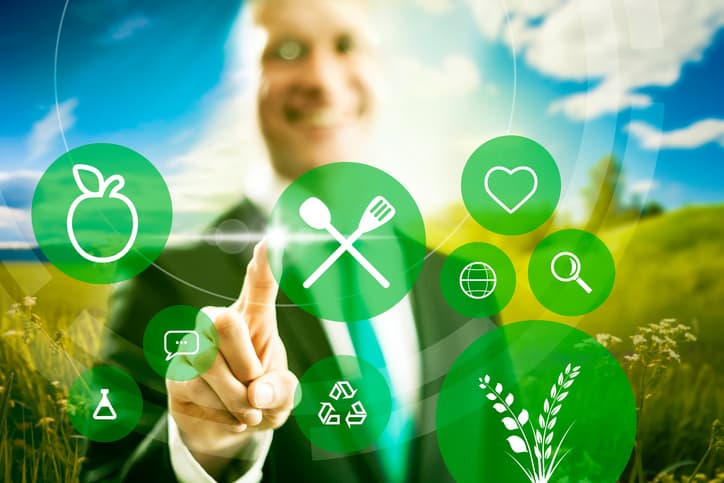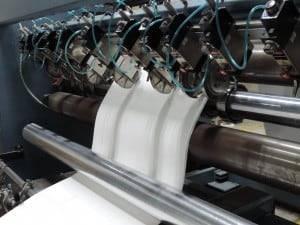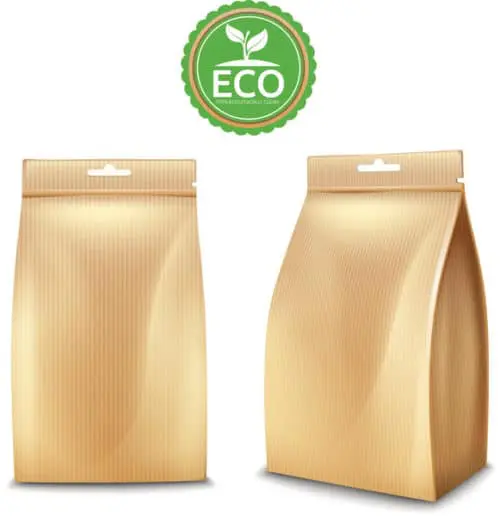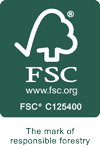Walmart Scorecard’s Impact on Packaging
During a PACK Expo keynote in 2006, Walmart launched the packaging scorecard initiative. Since then, brands have been continuing to update and revise their packaging to create a more environmentally-friendly solution. Below is an outline of how the sustainable initiative has impacted the food industry across various package types, including paper-based, plastic, glass, and aluminum.

Paper-Based Packaging and Poly-Replacements
Paper and paper-based products, such as cartons and paperboard, are easy to recycle, and the resultant recycled material is extremely versatile. More than half of Americans have easy access to paper recycling — an amount which is expected to increase rapidly — and there are far fewer restrictions on recycling paper than plastic.
For applications such as food safe packaging and high-end brand displays, coatings are utilized to provide the appropriate properties. To achieve a recyclable, paper-based package for these types of applications, water-based coatings are often required.
To address this, Sierra is working with nationally-recognized chemical companies to qualify reliable eco-friendly coatings. Our water-based, eco-friendly coatings can meet biodegradable, compostable, and fully recyclable requirements. These coatings also possess important properties to aid in brand awareness efforts; they are easy to print over and allow for optimal packaging aesthetics.
Plastic Brand Packaging
One of the biggest challenges with recyclable, plastic packaging is the restrictions involved with recycling plastic material. It is estimated that 95% of recyclable plastic packaging, amounting between $80 and $120 billion worth of packaging material, is wasted on an annual basis.
While outreach, recovery, reclamation, and recycling efforts can be effective for multinational corporations, they may be cost-prohibitive for smaller or regional brands. For these businesses, investing in eco-friendly packaging is often a more practical, actionable solution.
Recycling plastic presents a three-fold problem:
- Public access to plastic recycling facilities or programs is surprisingly limited;
- Different municipalities levy often confusing recyclability restrictions based on plastic type, size, and shape; and
- The recycling process is costly in terms of money and energy use.
Aluminum, Glass and Plastic Bottles
As demand rises for sustainable products, brands are prioritizing green initiatives, such as eco-friendly packaging and packaging recovery.
The Coca-Cola Company, for example, has established an extremely ambitious recycling initiative — by 2020, they aim to recover and recycle a full 75% of the beverage containers, bottles, and cans they produce annually. Working with The Recycling Partnership, Coca-Cola has already recycled 59% of their output.
This is just one example of the growing sentiment in favor of environmentally conscious initiatives; worldwide, consumers are looking to brands to lead conservation efforts with sustainable, environmentally friendly packaging options.
To learn how to make your food packaging eco-friendly without sacrificing your unique brand identity, contact our chemical experts.




